
Lexus NX 4x4 engines, drive and performance
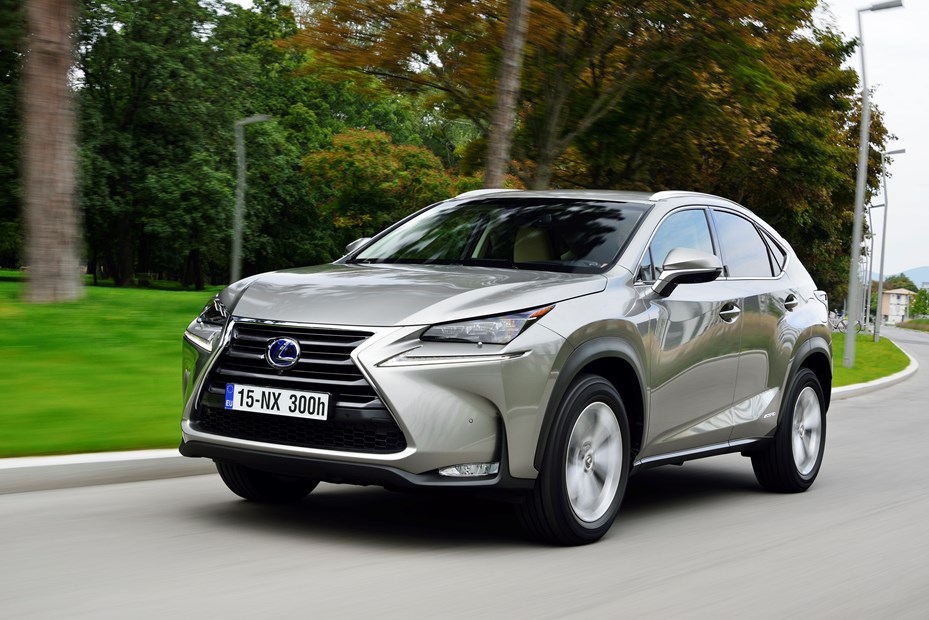
- Only one engine choice
- A petrol electric hybrid
- All-wheel drive only
There’s just one option for the Lexus NX and that’s the 197hp hybrid powertrain, similar to those used by Lexus and parent company Toyota over recent years.
>> We rate the best hybrid SUVs for 2020
Lexus NX hybrid
This uses a 2.5-litre petrol engine coupled with electric motors, delivering all-wheel drive via a CVT automatic transmission. Want a diesel or a manual gearbox? Look elsewhere.
The NX will cover 0-62mph in 9.2 seconds with a top speed of 112mph, but those figures seem incongruous really. This isn’t a performance car and it doesn’t perform like one.
What it is, is a pleasant, refined and simple thing to drive. The hybrid set-up is great in this respect. Simply pull the gear lever down into ‘D’ and off you go.
Smooth CVT requires patience
The automatic transmission has no actual gears to talk of and provides linear acceleration provided you don’t ask too much of it, at which point it gets a little noisy.
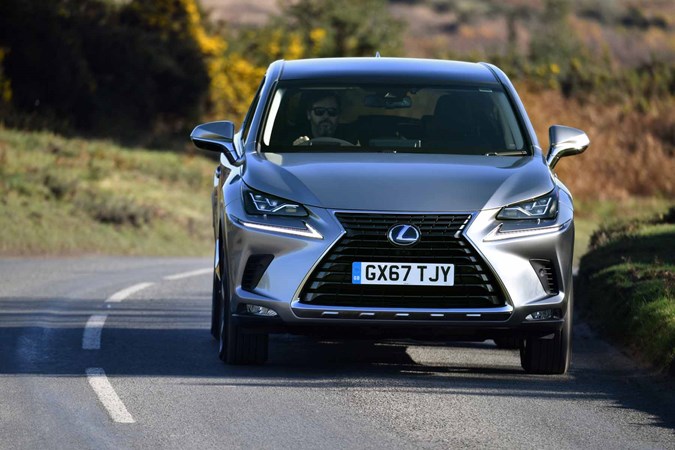
On the sportier F Sport versions you do get shift paddles behind the steering wheel, which give the impression you’re moving up and down through the gears.
All NXs have a ‘Sport’ mode though, which sharpens the throttle response but has little effect on the car’s overall performance. We found it redundant since it’s responsive enough in normal running conditions.
Previous Lexus NX engines
A 2.0-litre petrol engine used to be available for the Lexus NX but we didn’t think much of it. The hybrid has endured because it’s the drivetrain to pick.
- Grippy all-wheel drive
- Not very exciting
- Holds the road well
The by-words here are safe and assured rather than sporty and exciting. There’s a huge amount of grip on offer from the four-wheel drive system, and we never felt like the car was getting flustered no matter how hard we pushed through corners.
It isn’t going to excite driving enthusiasts, but it isn’t aimed at them either. The type of buyer Lexus is targeting wants a safe, commanding driving position and a comfortable journey rather than the ultimate in driving dynamics.
With that in mind Lexus seems to have hit a home-run here.
The steering is accurate and well-weighted, though this can be adjusted by switching the car into Sport mode (which makes it heavier) if needs be.
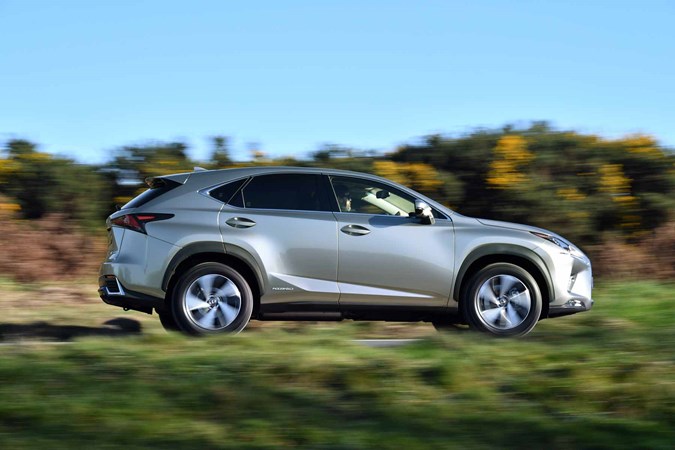
We preferred ‘normal’ mode. Why use extra effort when you don’t have to?
Easy to park despite size
Parking is a fairly simple affair too, but if it’s not your forte it might be worth investigating a model with the firm’s 360-degree camera system available on top-spec NXs. It works very well indeed, and should save you a scrape or two in the supermarket car park.
We’re a little wary of the adaptive variable suspension system installed as an option on F Sport models, though. This gives you a hard ride and slightly more composed cornering, but we wonder how many people will need or even want that on their NX.
The braking on the NX can take some getting used to as well. Since it’s a hybrid there’s battery regeneration going on as well as traditional braking, and the mix isn’t the simplest to learn to begin with. Upon initial push of the pedal there’s a surprising amount of braking power, and just before you come to a complete halt there’s a noticeable change in the rate of slowing. It’s not a major issue, but worth knowing before you take a test drive.


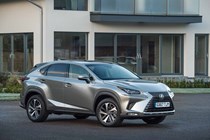
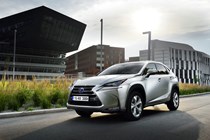
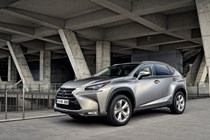
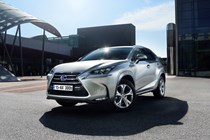

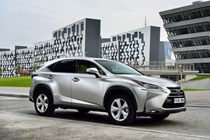
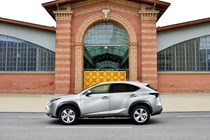
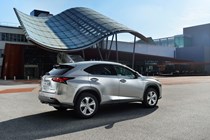
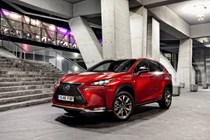
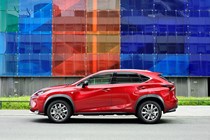

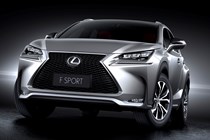

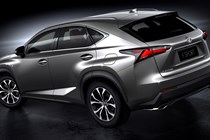
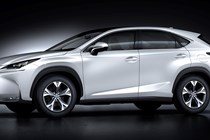
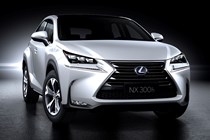
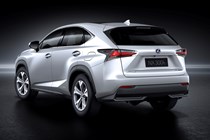
.jpg)
.jpg)
.jpg)
.jpg)
.jpg)
.jpg)
.jpg)
.jpg)
.jpg)
.jpg)
.jpg)


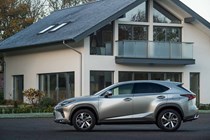



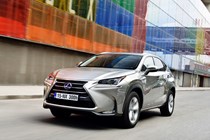
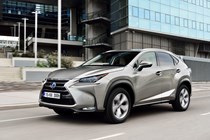
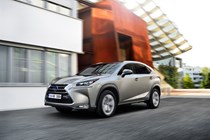

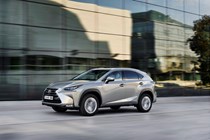
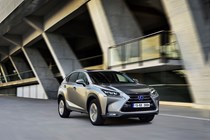
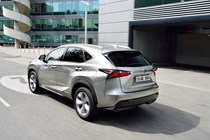
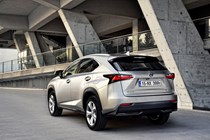
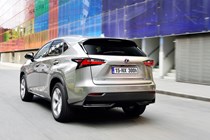
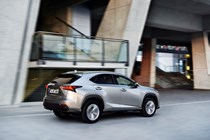
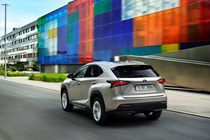
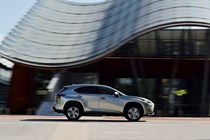
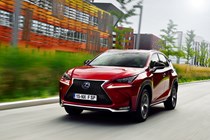
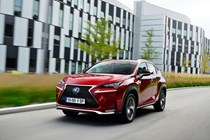
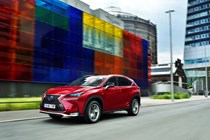
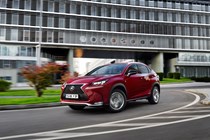
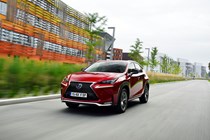
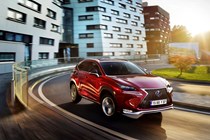

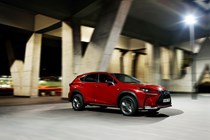
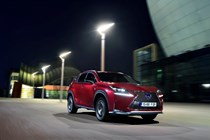
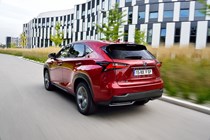
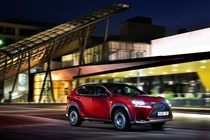
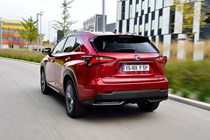
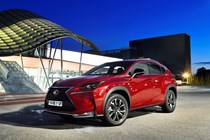

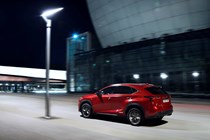


.jpg)
.jpg)
.jpg)
.jpg)
.jpg)
.jpg)
.jpg)
.jpg)
.jpg)
.jpg)
.jpg)
.jpg)
.jpg)
.jpg)
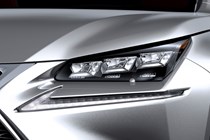
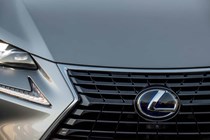
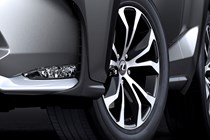
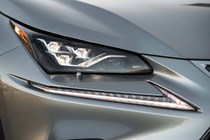
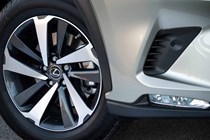
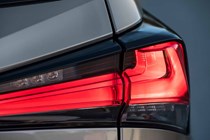
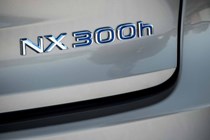
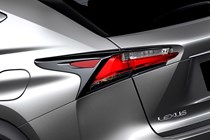
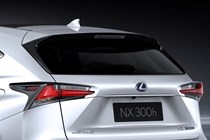
.jpg)


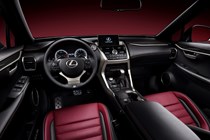

.jpg)
.jpg)
.jpg)
.jpg)
.jpg)
.jpg)
.jpg)
.jpg)
.jpg)
.jpg)
.jpg)
.jpg)
.jpg)
.jpg)
.jpg)
.jpg)
.jpg)
.jpg)
.jpg)
.jpg)
.jpg)
.jpg)
.jpg)
.jpg)
.jpg)
.jpg)
.jpg)
.jpg)
.jpg)
.jpg)
.jpg)
.jpg)
.jpg)
.jpg)
.jpg)
.jpg)
.jpg)
.jpg)
.jpg)
.jpg)
.jpg)
.jpg)
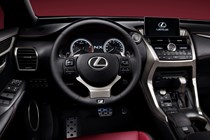
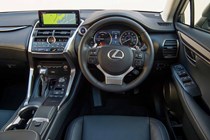
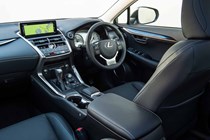
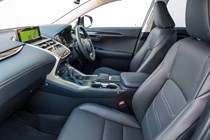

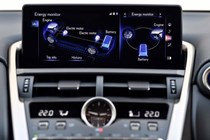



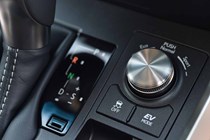
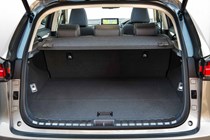
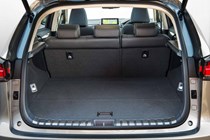
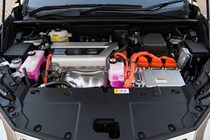
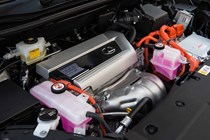
.jpg)
.jpg)
.jpg)
.jpg)
.jpg)
.jpg)
.jpg)
.jpg)
.jpg)
.jpg)
.jpg)

















.jpg?quality=50)
.jpg?quality=50)
.jpg?quality=50)
.jpg?quality=50)
.jpg?quality=50)
.jpg?quality=50)
.jpg?quality=50)
.jpg?quality=50)
.jpg?quality=50)
.jpg?quality=50)
.jpg?quality=50)



































.jpg?quality=50)
.jpg?quality=50)
.jpg?quality=50)
.jpg?quality=50)
.jpg?quality=50)
.jpg?quality=50)
.jpg?quality=50)
.jpg?quality=50)
.jpg?quality=50)
.jpg?quality=50)
.jpg?quality=50)
.jpg?quality=50)
.jpg?quality=50)
.jpg?quality=50)









.jpg?quality=50)




.jpg?quality=50)
.jpg?quality=50)
.jpg?quality=50)
.jpg?quality=50)
.jpg?quality=50)
.jpg?quality=50)
.jpg?quality=50)
.jpg?quality=50)
.jpg?quality=50)
.jpg?quality=50)
.jpg?quality=50)
.jpg?quality=50)
.jpg?quality=50)
.jpg?quality=50)
.jpg?quality=50)
.jpg?quality=50)
.jpg?quality=50)
.jpg?quality=50)
.jpg?quality=50)
.jpg?quality=50)
.jpg?quality=50)
.jpg?quality=50)
.jpg?quality=50)
.jpg?quality=50)
.jpg?quality=50)
.jpg?quality=50)
.jpg?quality=50)
.jpg?quality=50)
.jpg?quality=50)
.jpg?quality=50)
.jpg?quality=50)
.jpg?quality=50)
.jpg?quality=50)
.jpg?quality=50)
.jpg?quality=50)
.jpg?quality=50)
.jpg?quality=50)
.jpg?quality=50)
.jpg?quality=50)
.jpg?quality=50)
.jpg?quality=50)
.jpg?quality=50)














.jpg?quality=50)
.jpg?quality=50)
.jpg?quality=50)
.jpg?quality=50)
.jpg?quality=50)
.jpg?quality=50)
.jpg?quality=50)
.jpg?quality=50)
.jpg?quality=50)
.jpg?quality=50)
.jpg?quality=50)